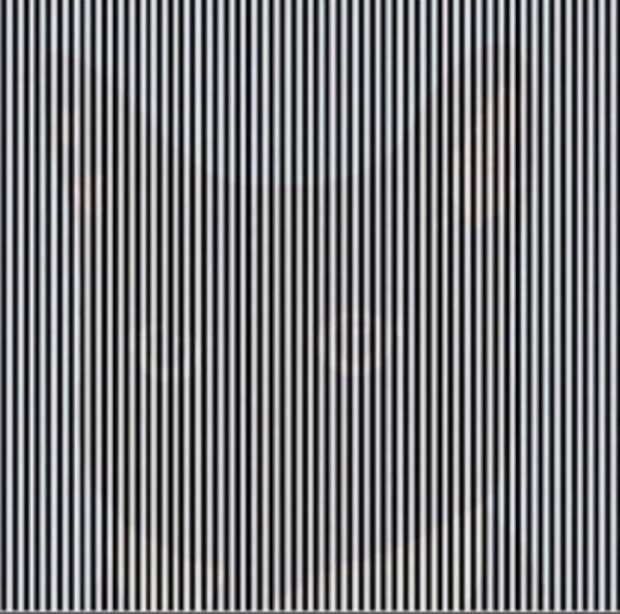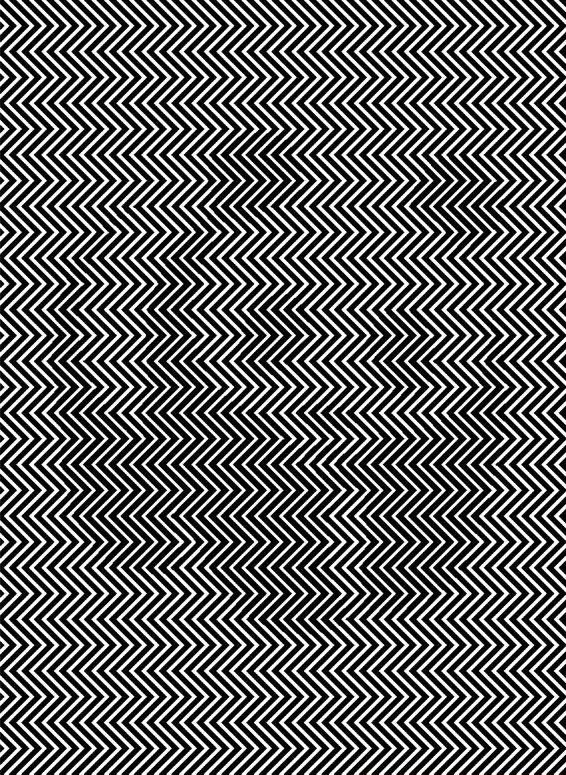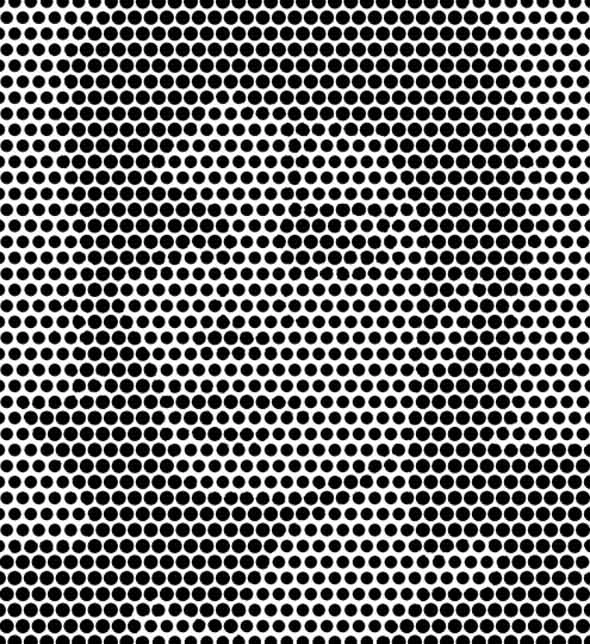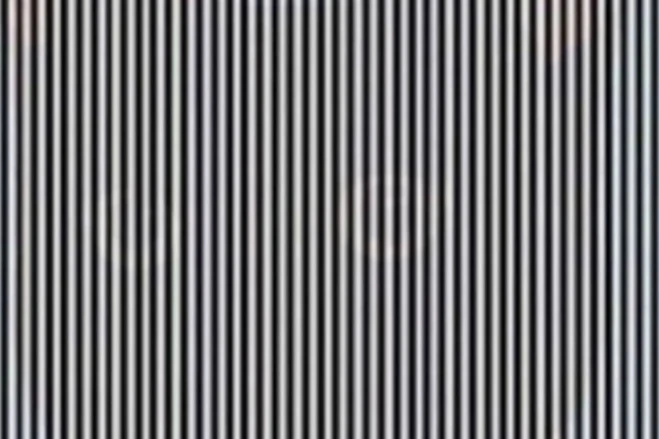THIS mind-bending optical illusion definitely makes you think outside the box.
Can you identify the animal that is depicted inside the mass of black and white bars?

SCROLL DOWN FOR THE ANSWER
You can use a few techniques, including shaking your head while you look at it or angling your body, to help you see the hidden creature.
Staring at the grid while stepping away from your phone or computer seems to be the most effective.
The furry face should become more distinct the more away you are.
Here’s a hint if you’re still having trouble: It is a common domestic pet that the ancient Egyptians idolised.
A cat, of course, is the answer. Now that you are aware of the answer, try returning to the image: It should be easier to spot the feline.
It’s a fresh take on the well-known Magic Eye illusions, which masked 3D images with swirls of dots or lines.
Earlier this month, The Sun spoke to Dr Gustav Kuhn, a psychologist and human perception expert at Goldsmiths University in London, about a similar illusion that obscures the face of Michael Jackson.
The method, he claimed, makes use of the way our brains process information.
According to Dr. Kuhn, “our eyes encode enormous volumes of jumbled sensory information, and our brain employs cunning strategies to disambiguate this information in an effort to make sense of what it is we are looking at.”
What you see is a combination of extensive brain computation and educated guesswork.
“For instance, if you stare at a group of trees, you might think they’re a forest or a tree.
Depending on which part of the scene you are concentrating on, you will see different things.

Dr. Khun compared the MJ illusion to a related panda-obscuring monochrome-grid challenge.
Information in the panda illusion is encoded at several scales, and depending on which scale you concentrate on (such as the trees or the forest), you will either see a jumble of lines or the larger image—the panda.
Illusion Index expert Professor Fiona Macpherson gave an explanation of why it is easier to see the concealed character when one is farther away from the image.
The panda image has a specific spatial frequency when it is a specific distance away from you, she told The Sun.
“The spatial frequency changes depending on the distance between you and the image; the higher the spatial frequency, the closer it is to you.
“In short, the farther the image is from you, the more black and white lines fall on the light-sensitive part of the back of your eye.”
Akiyoshi Kitaoka, a psychology professor at Ritsumeikan University in Japan, posted a similar problem online in 2017.
The academic referred to his version, which included his own face, as a “masking phenomenon.”
High-spatial-frequency components interfere with the perception of low-contrast objects, the prolific illusionist continued.
The optical trick has also influenced popular culture.

It was on Soulwax’s 2005 album cover, “NY Excuse,” which at first glance appears to be a monochromatic grid.
On closer scrutiny, the album title and the artist’s name are hidden in the top right corner.
With a cover like Soulwax’s, the psychedelic rock group Black Lips released their album “200 Million Thousand” in 2009.
But instead of the name of the album and its musicians, a face was tucked away between the lines.
Even while optical illusions are frequently only for entertainment, they have scientific applications as well.
Researchers are able to learn more about the inner workings of the mind and how it responds to its environment thanks to the brain puzzles.
Dr. Kuhn continued by saying that illusions are crucial to our comprehension of the brain.
We frequently take perception for granted and rarely consider the effort that goes into simple daily actions, like recognising a cup of coffee in front of you, he told The Sun.
[embedpost slug=”only-0-1-percent-of-persons-are-able-to-solve-this-perplexing-optical-illusions-puzzle-of-numbers/”]





















